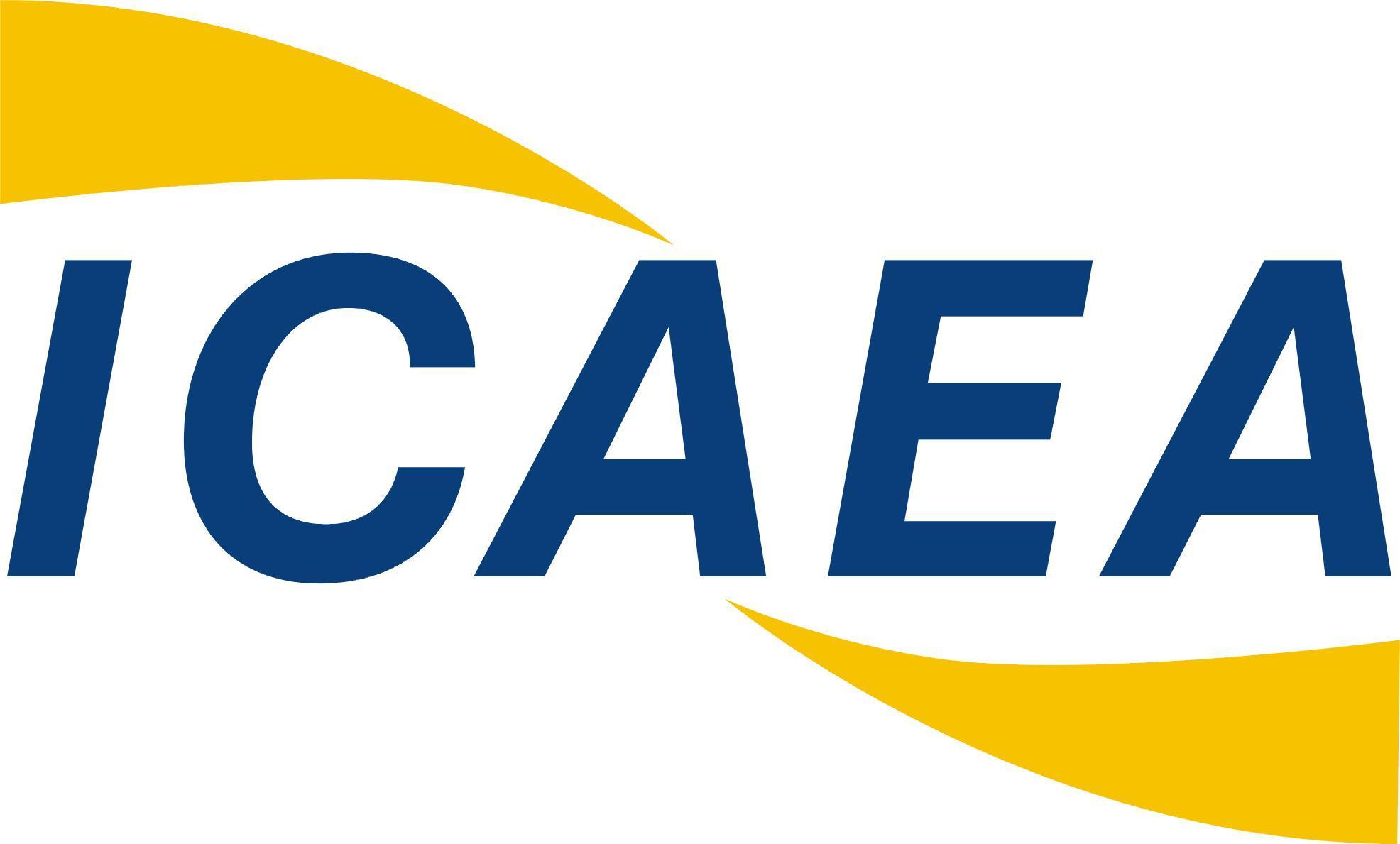Location
Hotel Neptun - Dubrovnik, Coatia
Presentation Type
Presentation
Start Date
24-4-2017 10:35 AM
End Date
24-4-2017 10:50 AM
Description
In April 2017, the authors of this article had the privilege of delivering a presentation and workshop at an ICAEA (International Civil Aviation English Association) symposium in Dubrovnik, Croatia. That symposium, entitled “The ICAO LPRs – 10 years on: Progress or Pain?” challenged the participants to assess the performance of the training and testing of aviation English language since the introduction of ICAO Language Proficiency Requirements in 2003. This article is written as an explanation of, and expansion of, the authors’ presentation and workshop.
Our brief was simple; introduce the symposium participants to a few of the basic principles of test development, place them in the context of aviation language proficiency requirements (LPRs) and run a workshop where the participants could share their ideas on what factors influence good test design. Many of the symposium participants were not test experts so our challenge was to stimulate a discussion on the topic of testing of aviation English while simultaneously encouraging everyone to participate and gently informing the audience on testing “best practice.”
As far as this article is concerned, it will be helpful to define two concepts before continuing: (1) what is aviation English? And (2) what should be considered a “bad” test in this context?
Scholarly Commons Citation
Enright, Adrian and Williams, Gareth, "What works and doesn't work in LPR testing: Is there light at the end of the tunnel?" (2017). International Civil Aviation English Association. 6.
https://commons.erau.edu/icaea-workshop/2017/monday/6
PowerPoint Presentation
Workshop A_ICAEA_DBV2017_S1_A_Workshop_What-works-and-doesn’t-work-in-LPR-Testing.pdf (676 kB)
Workshop Presentation
What works and doesn't work in LPR testing: Is there light at the end of the tunnel?
Hotel Neptun - Dubrovnik, Coatia
In April 2017, the authors of this article had the privilege of delivering a presentation and workshop at an ICAEA (International Civil Aviation English Association) symposium in Dubrovnik, Croatia. That symposium, entitled “The ICAO LPRs – 10 years on: Progress or Pain?” challenged the participants to assess the performance of the training and testing of aviation English language since the introduction of ICAO Language Proficiency Requirements in 2003. This article is written as an explanation of, and expansion of, the authors’ presentation and workshop.
Our brief was simple; introduce the symposium participants to a few of the basic principles of test development, place them in the context of aviation language proficiency requirements (LPRs) and run a workshop where the participants could share their ideas on what factors influence good test design. Many of the symposium participants were not test experts so our challenge was to stimulate a discussion on the topic of testing of aviation English while simultaneously encouraging everyone to participate and gently informing the audience on testing “best practice.”
As far as this article is concerned, it will be helpful to define two concepts before continuing: (1) what is aviation English? And (2) what should be considered a “bad” test in this context?



Comments
View Adrian Enright's Bio Page
View Gareth Williams' Bio Page
Workshop A